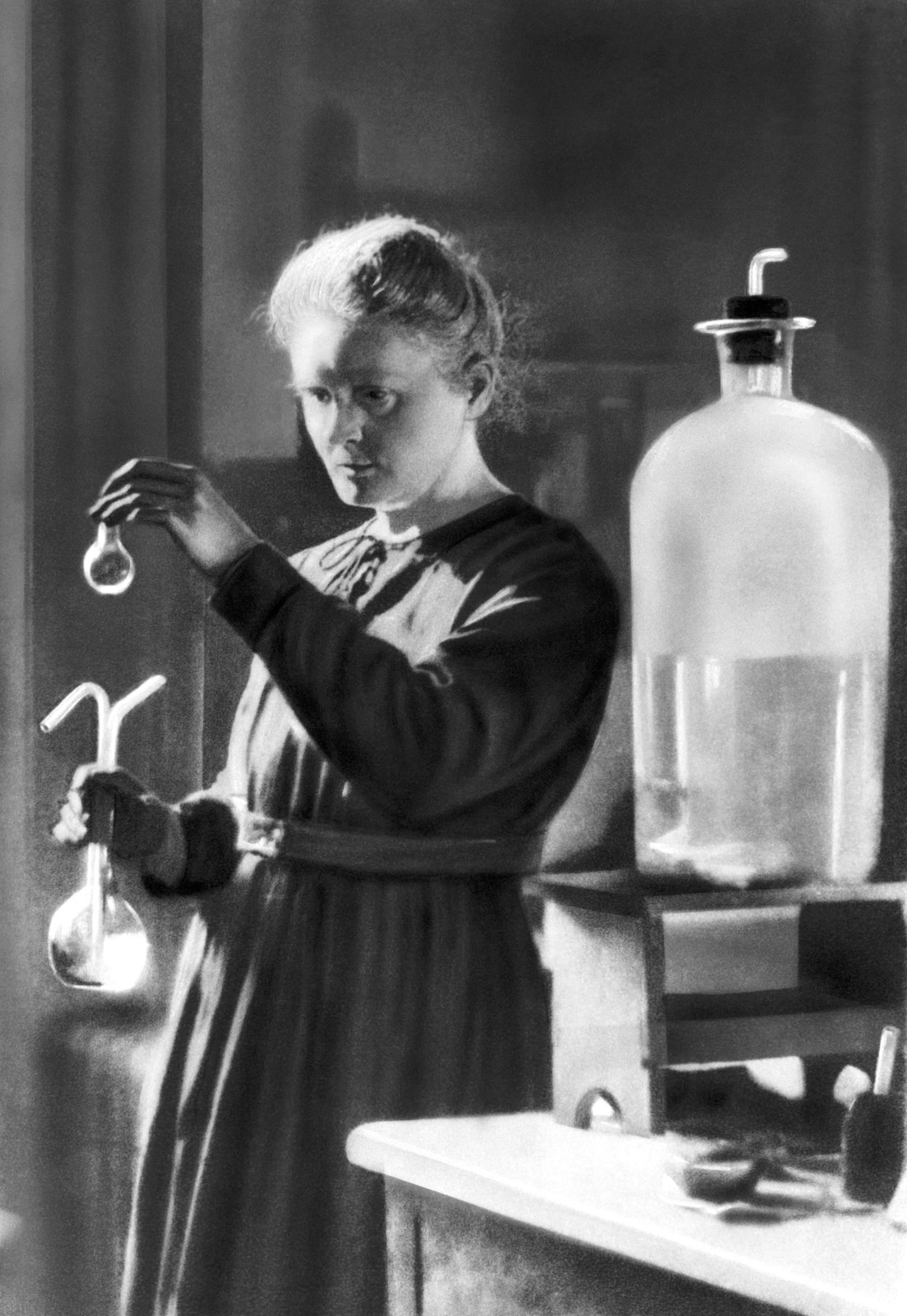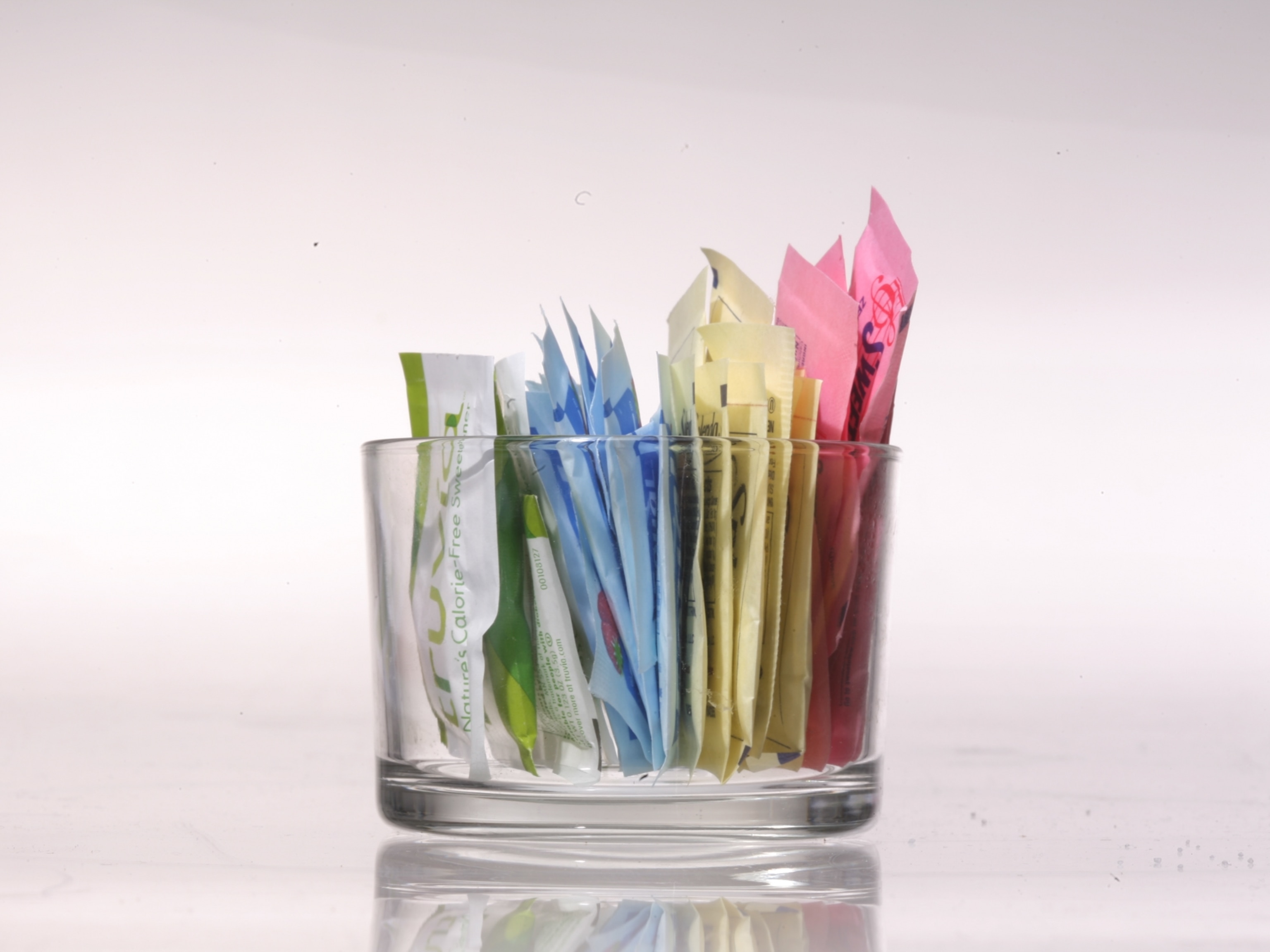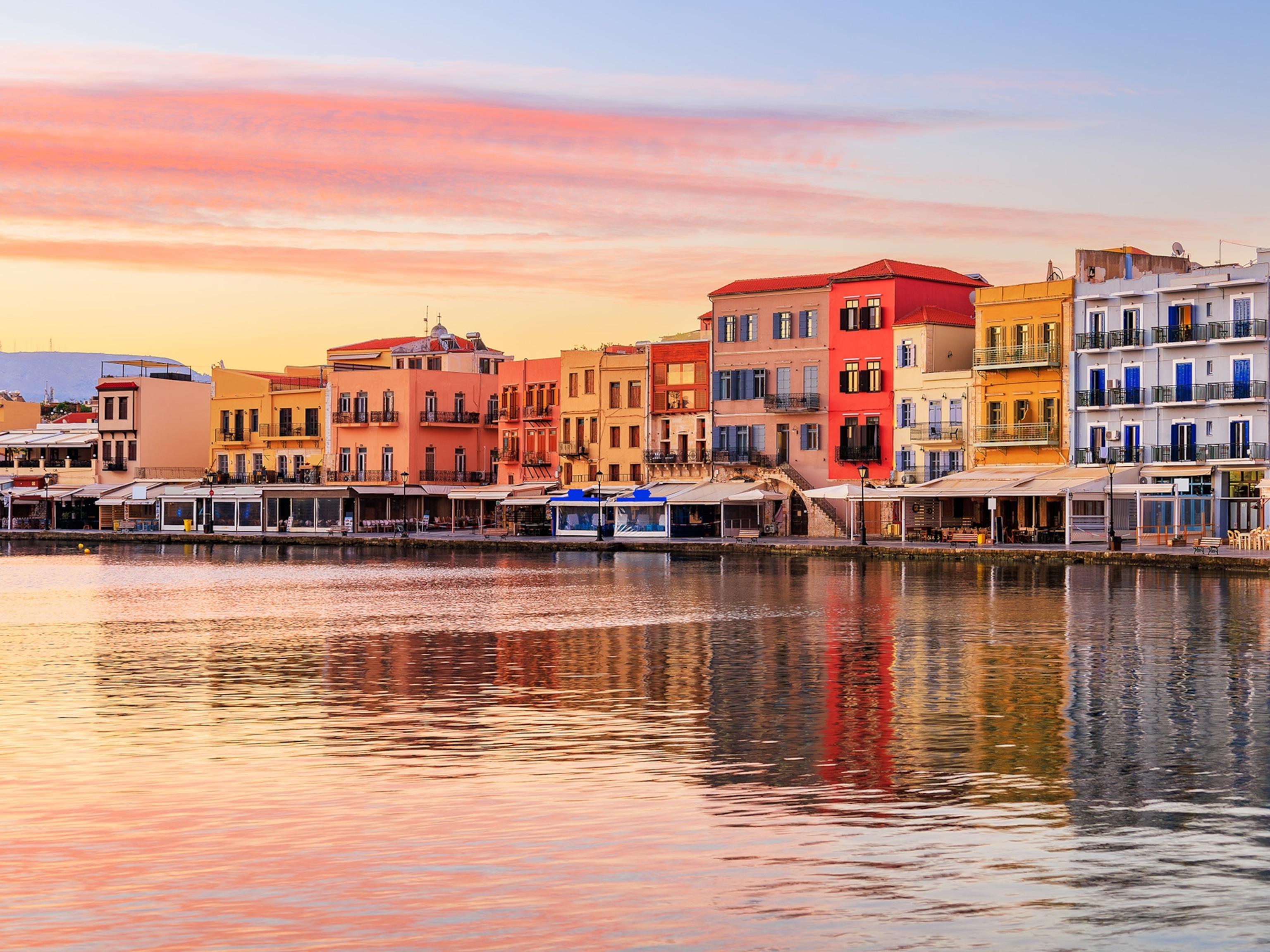
Jam: Chemistry and Cool in a Jar
Jam is nothing more than a balance of pectin, sugar, and acid. No wonder Marie Curie loved making it so much.
Marie Curie was a jam-maker. Her home account books, writes Susan Quinn in Marie Curie: A Life, were filled with seasonal entries for fruit for making jam, and the summer of 1898, during which she discovered polonium, also found her putting up a batch of gooseberries. She used eight pounds of fruit and eight pounds of sugar and made 14 pots of jelly.
The crucial word here is seasonal. Since ancient times, future-conscious householders have put a lot of effort into preserving the summer’s bounty of fruit. And the initial secret to that preservation was sweetener. Before cane sugar arrived from India via the Middle East, Greeks and Romans used honey, a near-eternal preservative characterized by low water content, acidity, and a helpful dose of antibacterial hydrogen peroxide, all of which (provided the honey stays safely bottled up) prevent spoilage indefinitely. Apicius, in De Re Coquinaria, the oldest known collection of Roman recipes, mentions figs, apples, plums, pears, cherries, and quinces preserved in honey. (It was a technique that also worked well, reportedly, for preserving the corpse of Alexander the Great.)

When cane sugar became more readily available in the 16th century, thanks to slave-driven Caribbean plantations, it rapidly replaced honey in recipes. A particular favorite of the time, according to Sue Shephard’s Pickled, Potted, and Canned: How the Art and Science of Food Preserving Changed the World, was spiced quince preserve, a marmalade-like concoction solid enough to be packed in boxes and served, sliced, for dessert. The word marmalade, in fact, originally referred specifically to this quince confection, which was touted as both an after-dinner digestive aid and an aphrodisiac. The term later expanded to encompass a wider range of preserved fruits, including pears, oranges, and plums. Eventually, softer, spreadable versions of the brick-like marmalades were developed. These were put up in pots, could be eaten with a spoon, and in England came to be known as jams.
Until the 1700s, when sugar become more affordable, marmalades and jams were expensive, available only on the tables of the wealthy. Elizabethan banquets ended with marmalade, gingerbread, and comfits, and Louis XIV liked to polish off his fabulous feasts with postprandial dishes of jam.
Nowadays "jam" generally refers to a spreadable, chunky-textured mix made from both the juice and chopped or whole pieces of the fruit, while jelly—from the French gelée —is made from strained fruit juice and is (ideally) smooth and translucent. Marmalade, in the modern sense, is generally citrus, made from the juice and peels of oranges, lemons, grapefruit, and the like.
All, however, depend on the same chemistry, a clever balance of pectins, sugar, and acid that combines to turn cooked fruit into a yummy topping for toast. Pectins are a collection of long-chain polysaccharides found primarily in the peels and cores of fruits. In the fruit, they act as a sort of structural cement, helping to maintain cell shape and hold cells together. Boiling releases pectin from the cells, after which, with a little encouragement, the molecules coalesce, joining together to form a network. This traps and immobilizes the water molecules in fruit juice, turning it from a slurpy liquid into a gel. Network formation is temperature-dependent, usually taking place around 219ºF (104ºC), the point at which jam is said to “set.”
Some fruits are naturally high in pectins, such as apples, blackberries, Marie Curie’s gooseberries, and the quinces of the original marmalades. Others, such as strawberries, don’t have much and may require an added dose of commercially packaged pectin (generally made from citrus fruit peels) to help the gelling process along.
Sugar not only sweetens the jam and helps the fruit maintain its brilliant color, but it also helps pectin do its stuff. Sugar attracts water, yanking it away from the pectin, which boosts network formation and enhances gelling. Sugar’s water-grabbing activity also helps prevent the growth of molds and bacteria (no available water, no microbes), which gives jam its long-term keeping qualities.
Gelling also requires a little acid in the mix. Pectin molecules, liberated from fruit cells in the form of free-floating polysaccharide strands, repel each other: Pectins carry a negative electrical charge, and like charges simply don’t get along. For low-acid fruits, therefore, jam and jelly recipes generally call for a shot of lemon juice—enough to neutralize pectin’s negative charges and promote network assembly. Optimum pH for persuading jam and jelly to gel is somewhere between 2.8 and 3.3.
All the wonderful jams of summer are basically creative exercises in chemistry.
No wonder Madame Curie liked jam.





